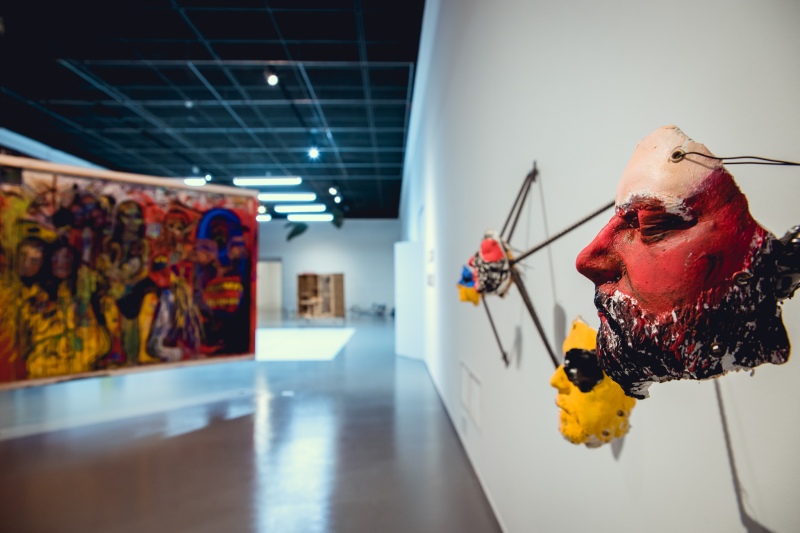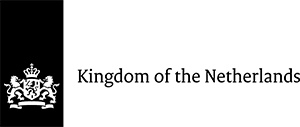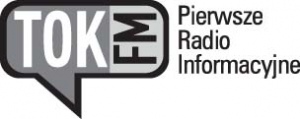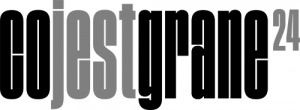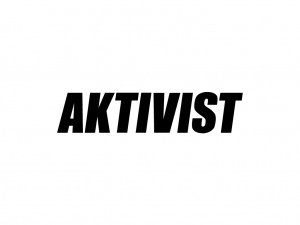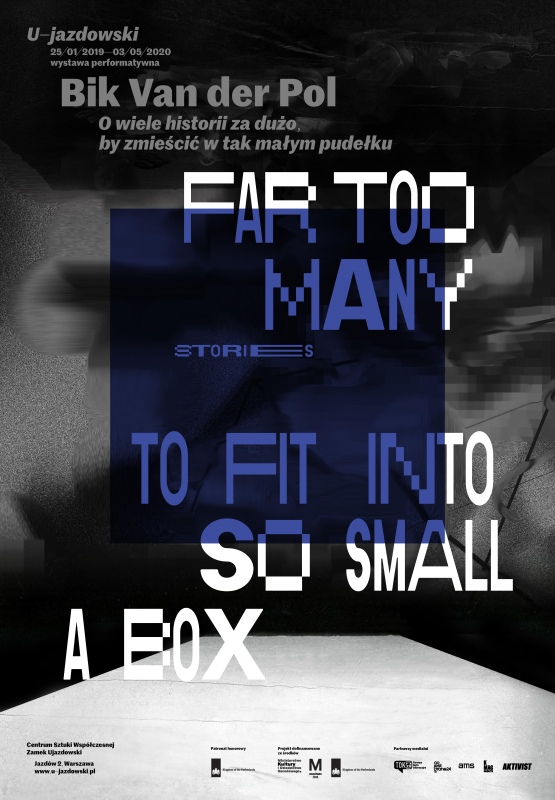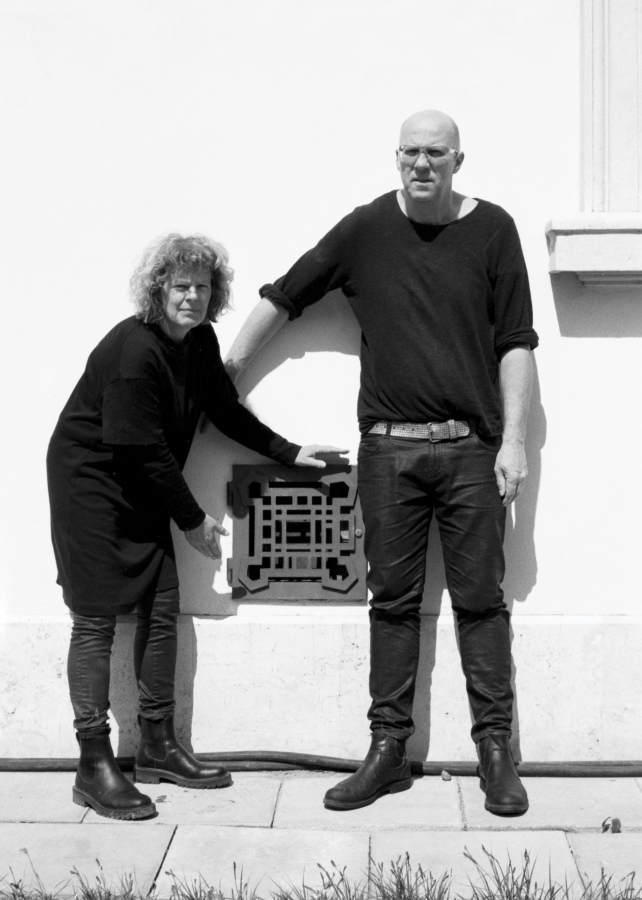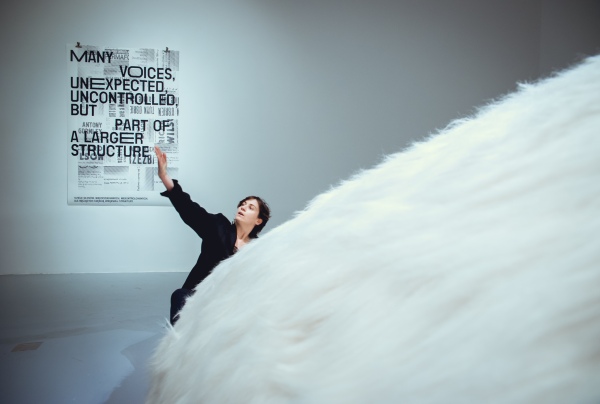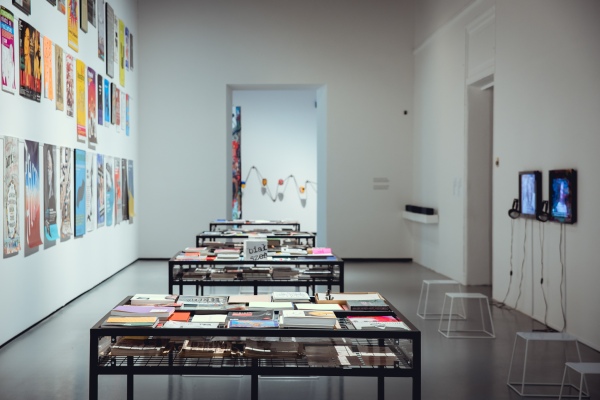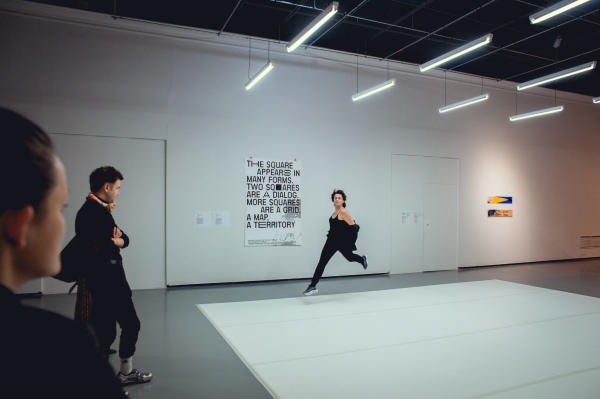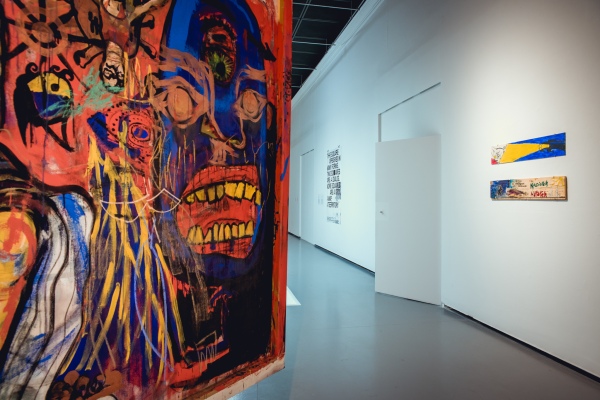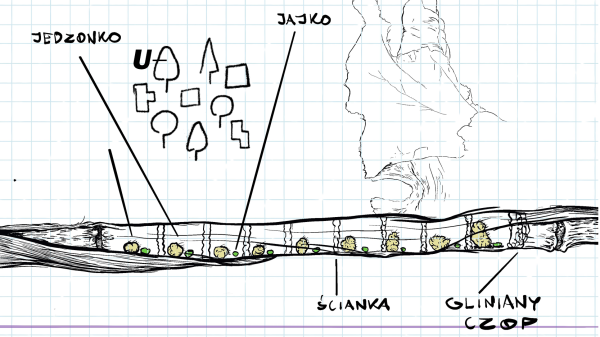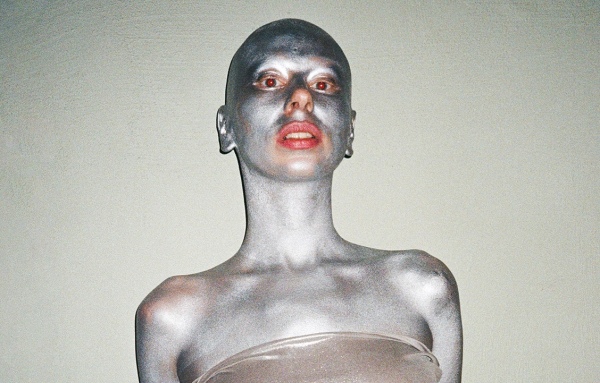Bik Van der Pol
Far Too Many Stories to Fit into so Small a Box
This is the first time that Ujazdowski Castle invites contemporary artists to curate and work with the collection, to enable new perspectives on the collection as well as on the institution itself. Large parts of the collection have been hidden in storage for years: the last catalogue was published more than ten years ago. The collection was created in close relation to the program, and reflects the political and social situation in Poland since the early nineties. In the beginning the collection formed “a permanent context for temporary exhibitions, presenting attitudes and trends.” Since then, artistic and curatorial strategies have been re-evaluated and the format of the institution has changed. The Centre wants to bring different approaches to working with the collection to introduce a critical, external point of view through the approach of an artistic practice, which could in turn become “collection as an artwork.”
Relevant questions are: What is the current status of the collection within the institution? How does the collection speak to the current political situation in Poland, in the context of the EU, and with the consequences of accelerated global dynamics? Can an institution speak and build relationships with its public through its collection? And finally: Should “a collection” rather be conceived as an “archive”? All these questions can be asked.
-
Methodology of Work
The myth about Ujazdowski Castle’s collection is that artists established it, but it is in fact largely built on gifts (new works that were made specifically for an exhibition and stayed without being acquired), deposits (forms of lending without being administered as such), works with copyright issues (works that were remade, or stayed without the direct permission of the artist), and works that “just stayed” (and nobody knew or was informed about this). In some ways, one could perceive the collection as more or less “clandestine,” with an unclear and ambiguous status.
The title of the show refers to Lawrence Weiner’s work Far Too Many Things to Fit into So Small a Box, once visible on the facade of the building, which has become the institution’s un-official motto. These words were painted on the north and west sides of the Castle’s facade in 1996—and it was agreed that the work could stay in place until the planned renovation of the facade later that year. However, the renovation did not happen until 2013, and the work stayed in place for sixteen years. The Centre didn’t get permission from the artist to restore the work after the renovations, so the motto of the institution is now gone, painted over. This work of Lawrence Weiner may be read as a reference to the idea of presenting and collecting works of art, and to the aspiration of an art institution to create a collection that is presenting everything that is or was happening in contemporary art—a reflection on what may happen after everything has been collected, put in order, and closed in a box, not necessarily a material one. It can also be read as a criticism of the materiality of artworks; Lawrence Weiner was one of the pioneers of Conceptual Art, an art form for which the concept of the work is far more important than the finished art object.
Far Too Many Stories to Fit into So Small a Box speaks about what is elusive and transitory and how such qualities relate to the complex mechanisms of remembering and forgetting. Myths, subjective experiences, reports, and hearsay, many of which remained unwritten, constitute the narrative part of the exhibition as performance and sound work. As a recollection of facts may be based on the subjective memory of witnesses, so will the scenario of the performance be open to modifications, according to what will be remembered by the spectators, for example. The commonality of the archive unfolds through including those stories that have been passed on by word-of-mouth.
The concept of movement and process is part of the foundation myth of the first twenty years of the Ujazdowski Castle Centre of Contemporary Art. From the beginning of what is called “the heroic years”— referring to the years after 1989 when everything was possible—the art center has been associated with theater. The first director after 1989, Wojciech Krukowski, was also the director of Akademia Ruchu (Academy of Movement), a well-known theater group founded in 1972 by Krukowski together with Janusz Bałdyga, Jolanta Krukowska, Zbigniew Olkiewicz, Jarosław Żwirblis, Cezary Marczak, Jan Pieniążek, and Krzysztof Żwirblis. However, while Krukowski referred to Akademia Ruchu’s activity as “theater,” the group’s work is performative with a strong reference to language, codes, and signs embedded in everyday life. The body was used to convey a specific non-verbal message that could be legible to others and synthetically captured a collection of gestures as building blocks of a given performative situation. The early concept of the center’s program was largely based on the methodology of Akademia Ruchu, in particular their activity at Cora’s Factory worker’s club and Kino Tęcza (Rainbow Cinema). Krukowski created a multidisciplinary program at the intersection of theater, art, cinema, publishing, and education, embracing a critical depiction of the 90s and early 2000s in post-communist Poland. This performative tradition, combining different disciplines with critical thought, finds its conti-nuation in the current program of the Ujazdowski Castle.
What do exhibitions do? How is work, information, material, displayed, written about, labeled, mediated? Far Too Many Stories to Fit into So Small a Box is a site-specific choreography of exhibiting, exposing, and making public. It is a project that responds to, inhabits, and uses the collection as a tool and the questions above as points of departure: topics that are both catalyst and actor in a dynamics that is big and global as well as extremely local.
Dialogues with many different individuals, who have together built the complex history of the castle, form the basis for the exhibition. The script—the whispered word-of-mouth history of the place—is addressing the archive as absence, silence, and presence. Personal accounts and myths, subjective experiences and never quite spelt-out allusions are the castle’s spine. Through the collection the Centre as (a) performing (an) institution can be re-imagined.
-
Choreographing The Space: Script, Square, Posters, and Markers
Artworks, documents, films, and performances, and the walls, windows, and floors of the castle itself are props, markers, and “ignition” for movements through space. By exposing those markers a capturing of the shared experience of the Centre influenced by and through its impact on the visual and political languages of (artistic) life through time is exposed. The archive and collection are excavated, inhabited, embodied: a poetics of spatiality through set, language, actors, script, rhythm, and space.
The script unfolds in different modes. Transformed into sound activated by static speakers, and as soundscape created by composer Wojtek Blecharz, it will move through space on mobile speakers carried by the audience. The script will also be activated by performers, at specific moments, in collaboration with choreographer and performer Ania Nowak and a group of performers, who are employing artworks as props. The plotline is based on personal accounts, speculations, and subjective experiences that are part of the whispered history of the place. The audience plays an active role in the perform-ance. Sometimes the memory of the eyewitnesses fails, so viewers have the opportunity to modify the play script to reflect what they themselves can remember.
Bringing in the “square” is a reference to Akademia Ruchu, and an important marker and performative sculptural choreographical devise to fold, unfold, expose, guide, or direct. It is also directive, and architectural devise that organizes, limits, and challenges the space and the actions taking place.
The square is incorporated in the exhibition design created in collaboration with the Matosek Niezgoda studio. The large square provides ground for the public program Other Lessons, as well as other elements in rest or to be activated.
In the words of Wojciech Krukowski, posters are the theatrical space where the production, distribution, and consumption of knowledge are synthesized as “performative sculpture.” Graphic designers Fontarte created a series of large posters with quotes, selected by the artists from the script. The posters function as visual markers and as moments in the spatial choreography. For Far Too Many Stories to Fit into So Small a Box Fontarte developed a new typeface called 2Square, inspired by the archival prints of the Ujazdowski Castle and the performative character of the exhibition.
Far Too Many Stories to Fit into So Small a Box shows artworks, books, posters, and video documentation, including Other Dances by Akademia Ruchu, a public talk by Barbara Kruger, an interview with Nan Goldin, fragments from the opening of Yoko Ono’s show, a film on Andrzej Dłużniewski, a concert by punk group Jude, and excerpts of performances by Antoni Mikołajczyk.
A selection from the video archive is made by Piotr Woźnia-kiewicz, and edited by Jakub Polakowski. This documentation material is organized around specific topics such as heroic times, public space, critical art, Conceptual and Post-conceptual Art, education, and performances, and curiosities.
-
Other Lessons
Other Lessons is a public program of guided tours and workshops by different invited and engaged participants and guests. The program, developed by Bik Van der Pol, Joanna Zielińska, and the education department connects past, present, and future bodies through workshops that explore the archival capacity of the body as a methodology to investigate the complexity of experience, language, and memory of this institution. A series of guided tours emphasizes language in its written and oral form as communication through different cultures and generations and from specific individual perspectives. As part of Other Lessons, teens will explore the idea of the archive and create their own audio guides.
Joanna Zielińska
